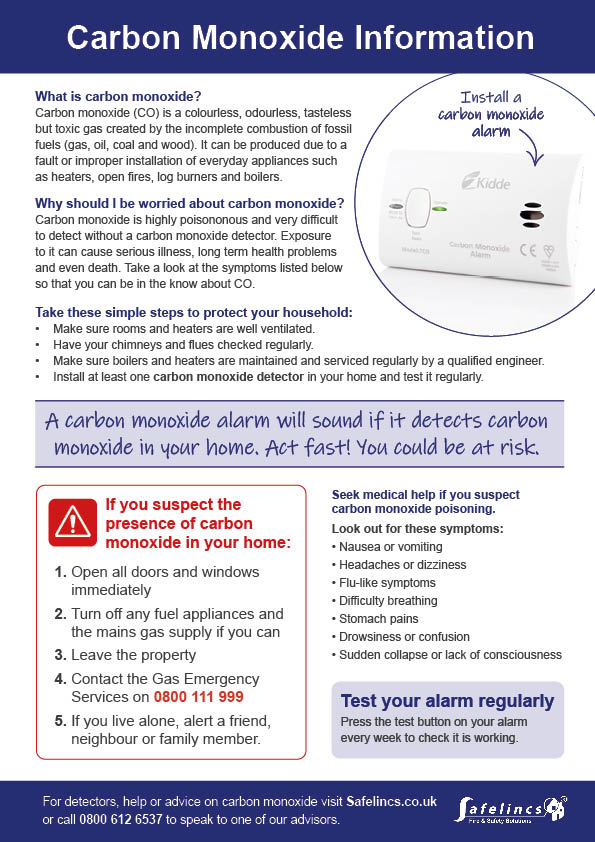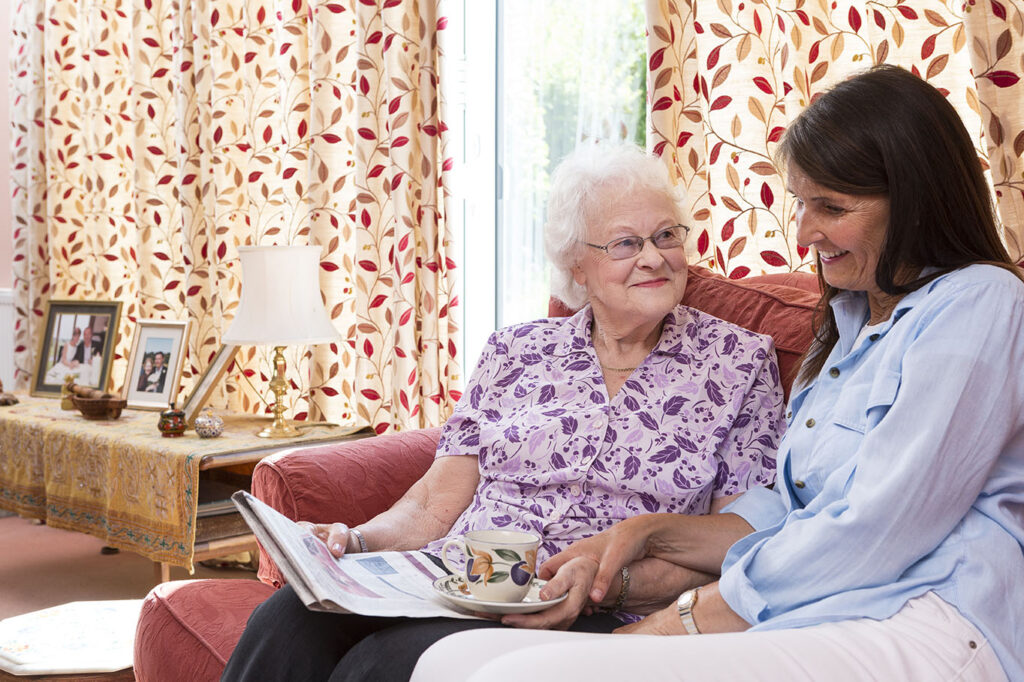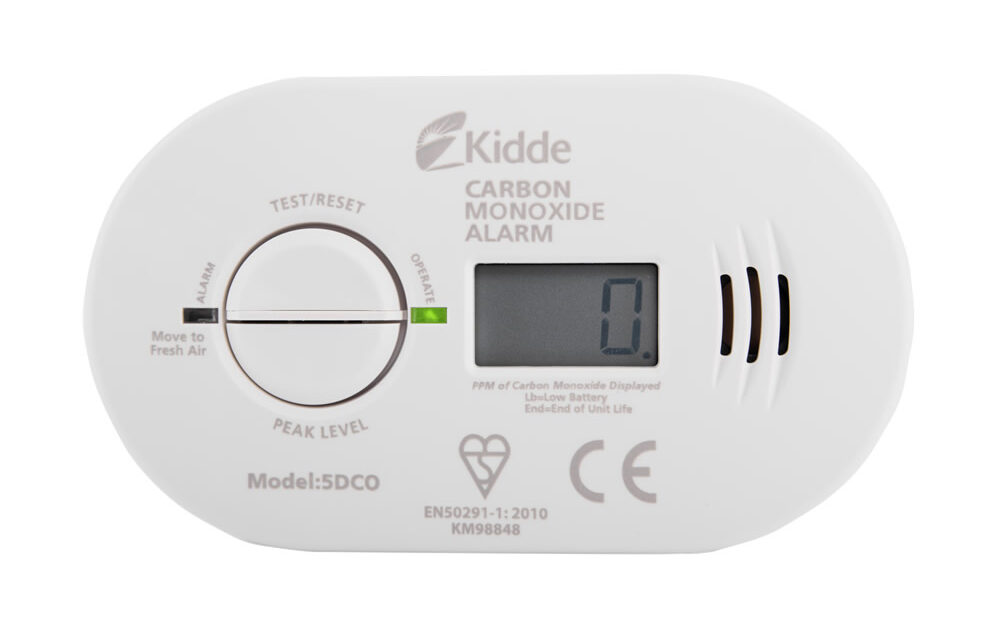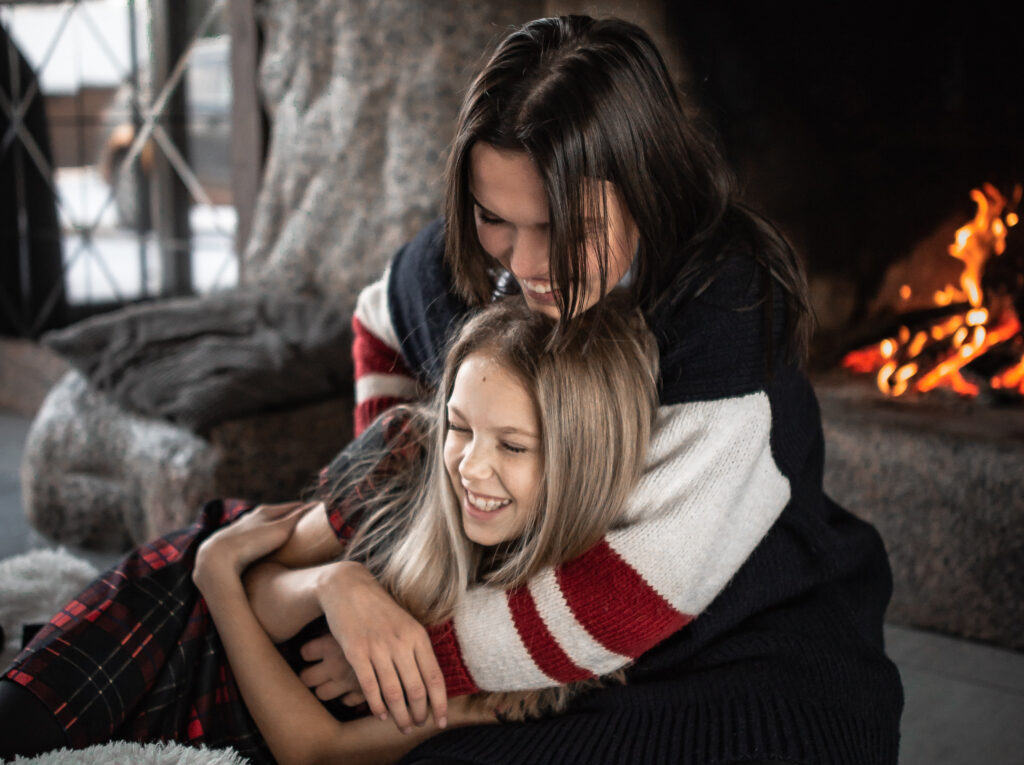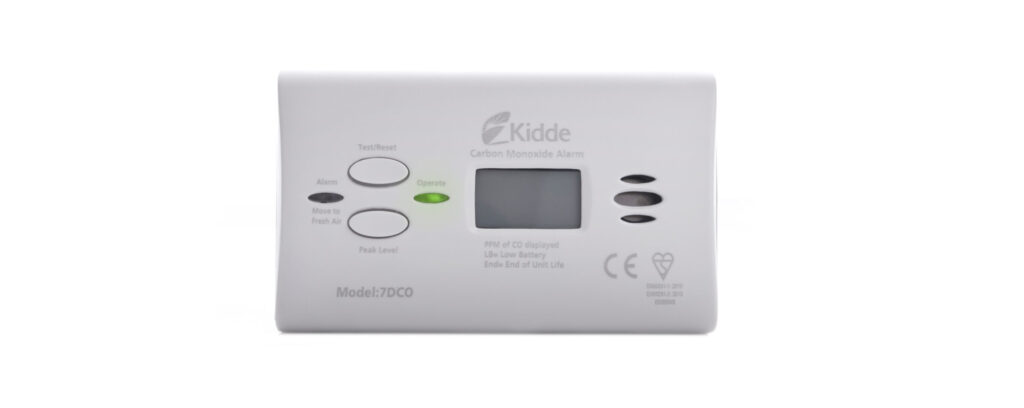Tuesday 17th November 2020
Carbon monoxide (CO) is often referred to as ‘The Silent Killer’ because you can’t smell, hear or see it. It is a highly toxic gas which can have devastating consequences on your health. With over 4000 people attending A&E departments due to carbon monoxide poisoning in England each year, knowing the symptoms could save your life.
The Symptoms of Carbon Monoxide Poisoning
Carbon monoxide can cause severe symptoms and even death if not detected quickly. CO poisoning symptoms are very similar to that of a common cold or flu, which is a big reason why mild symptoms can also be mistaken for a hangover. Protect yourself and others from carbon monoxide by looking out for these symptoms:
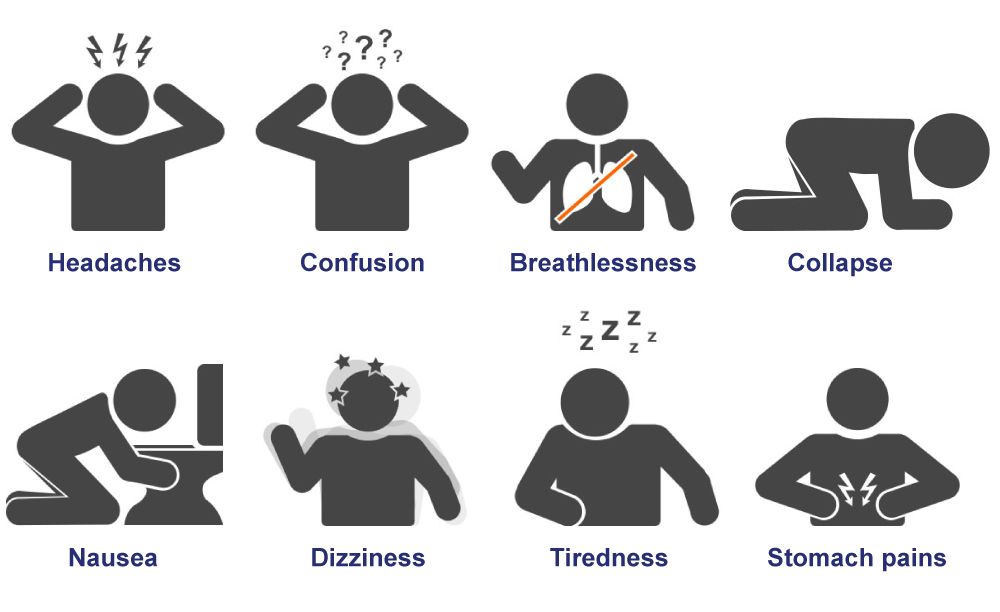
Effects of Carbon Monoxide Exposure
Severe Carbon Monoxide Poisoning
Severe carbon monoxide poisoning may lead to long-term neurological problems, with disturbances in memory, language, cognition, mood and behaviour. This causes damage to the basal ganglia, which may lead to a movement disorder resembling Parkinson’s disease.
Delayed deterioration in neurological condition is an unusual feature of severe carbon monoxide poisoning. This can occur any time from a few days to as long as five to six weeks after the initial exposure to carbon monoxide. The reason for this is not entirely clear.
Long-term Carbon Monoxide Exposure
Chronic exposure to lower levels of carbon monoxide may go unrecognised. The symptoms include milder versions of those seen in acute CO poisoning. Headache, nausea, dizziness, light-headedness, fatigue and sleepiness, difficulty concentrating and memory problems, as well as changes in mood are all symptoms of this.
People are often unable to identify exactly what is the matter despite being aware that something is wrong. They may attribute the problems to overwork, stress or depression. If symptoms disappear while away at work and reappear on returning home, or if other people in the same premises develop similar symptoms, it may become more obvious that there is an environmental cause.
Removing the source of carbon monoxide results in most people recovering from chronic low-level carbon monoxide exposure. However, it can also lead to the brain being starved from oxygen. This can have devastating short term and long term effects.
Treatment for CO Poisoning
Treatment of carbon monoxide poisoning involves immediate removal of the carbon monoxide source, and administration of 100% oxygen together with general supportive medical care.
Hyperbaric oxygen therapy is sometimes advocated for severe cases of carbon monoxide poisoning. This involves giving your lungs much more oxygen than would be possible by breathing pure oxygen at normal air pressure. It has been suggested that this may improve the long-term neurological outcome, although it remains controversial. Hyperbaric oxygen therapy is a specialised technique which is only available in a few centres. It may also be associated with complications of its own and it is not used routinely.
Protect Yourself from Carbon Monoxide Poisoning
- Be in the know about carbon monoxide. Would you be able to recognize the signs and symptoms of carbon monoxide poisoning? Learn how to spot the dangers, signs and symptoms of CO poisoning and help to educate those around you. Findings by the Gas Safe Register in 2019 revealed that only one in five respondents said they would be aware of a carbon monoxide leak in their homes if they felt unwell.
- Have your gas or solid fuel appliances serviced regularly. According to the latest UK inspection figures from Gas Safe Register, 5.5 million homes in the UK have unsafe gas appliances. When did you last have your appliance checked? If you rent, your landlord must have a gas safety certificate for all gas appliances to comply with regulations.
- Install a carbon monoxide alarm where required. It is recommended that a CO alarm be installed in every room in the house containing an appliance that could leak carbon monoxide gas. Is your home covered? Check with vulnerable friends, family or neighbours to see if they need help installing a carbon monoxide alarm. If you rent and you have a gas appliance, your landlord is legally required to provide a working carbon monoxide alarm.
Who is Most at Risk?
Lower income households are more at risk of carbon monoxide poisoning, recent studies have shown. Research carried out by the National Energy Action charity and the Gas Safety Trust found that 35% of low income and vulnerable households surveyed exceeded the 10ppm threshold for carbon monoxide levels, indicating levels of carbon monoxide that are harmful with prolonged exposure. This can have adverse effects on the body and brain.
Over 60s were also found to be particularly vulnerable to CO poisoning. This could be attributed to the likelihood of them spending more time at home and feeling the cold, resulting in regular appliance use to stay warm. Elderly people, or those with respiratory problems, are also more at risk from the effects of carbon monoxide. They become ill more quickly, with symptoms being similar to those of flu or food poisoning, a headache, nausea and dizziness. These symptoms are usually attributed to those common illnesses rather than to carbon monoxide poisoning.
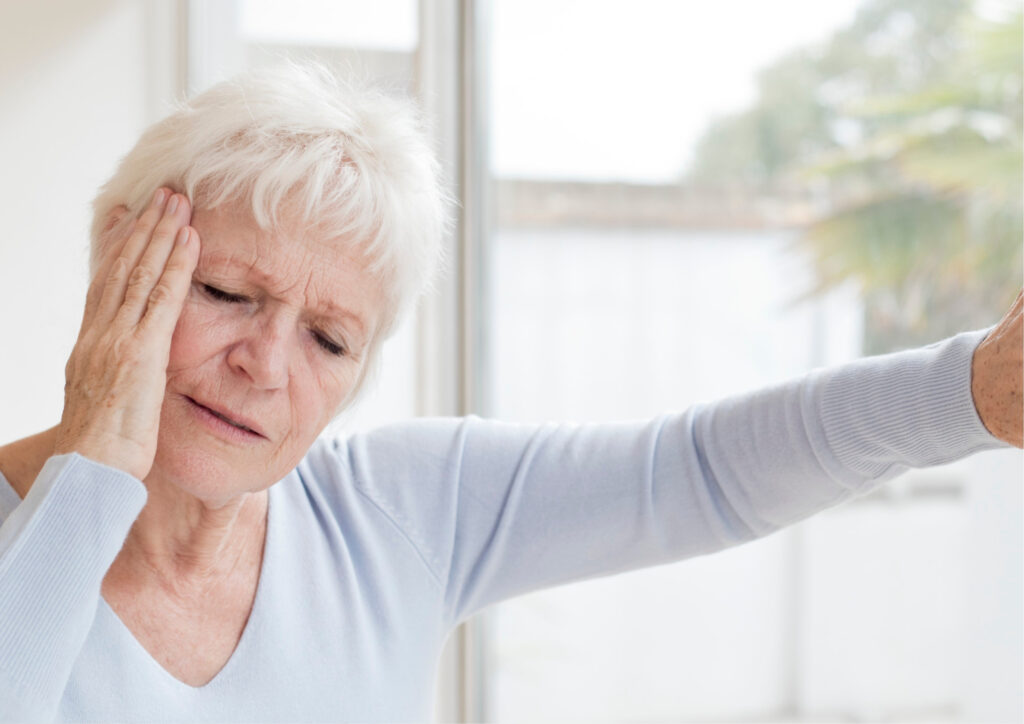
Other groups shown to be disproportionately affected by CO poisoning include pregnant women, young children, anyone with an existing respiratory condition and elderly people.

